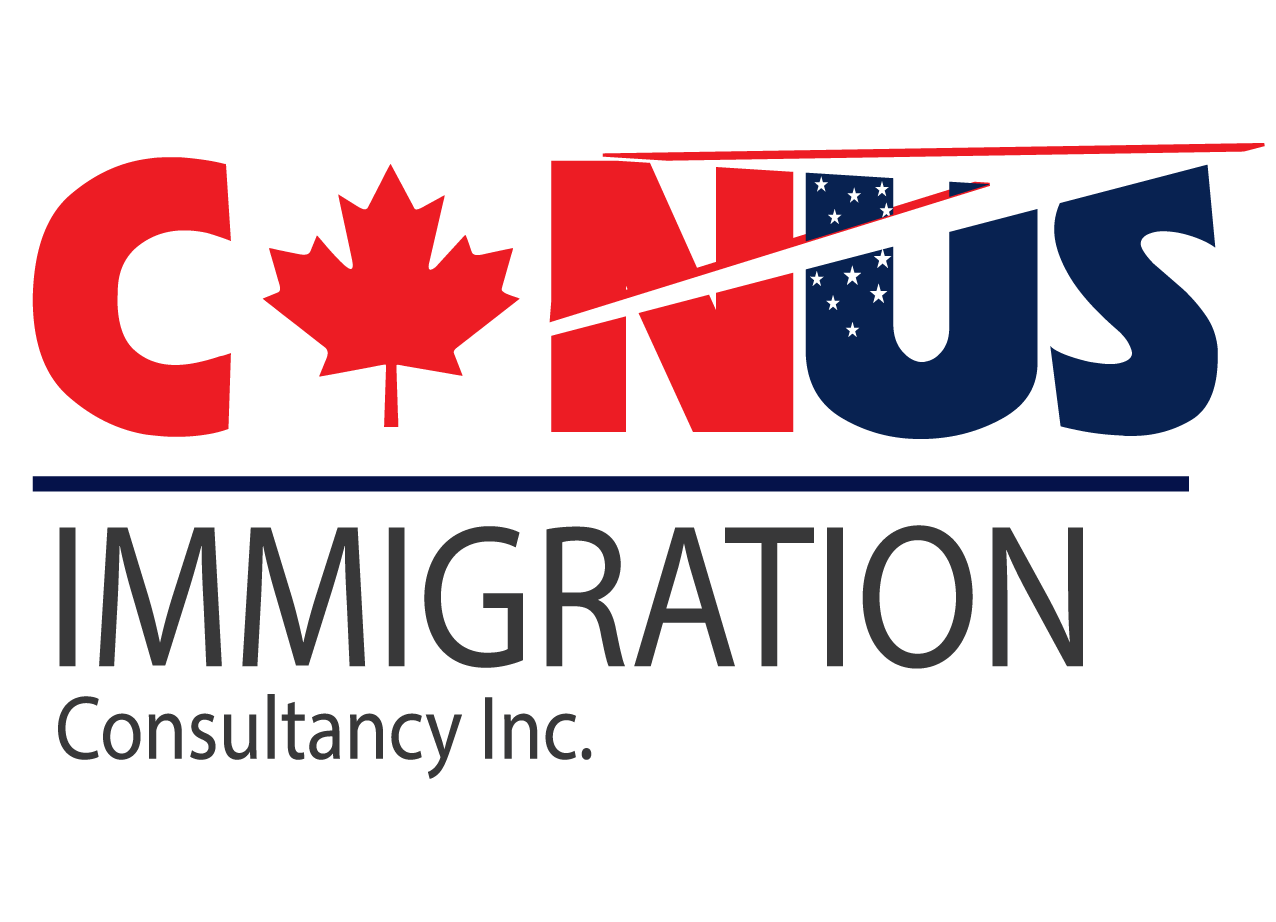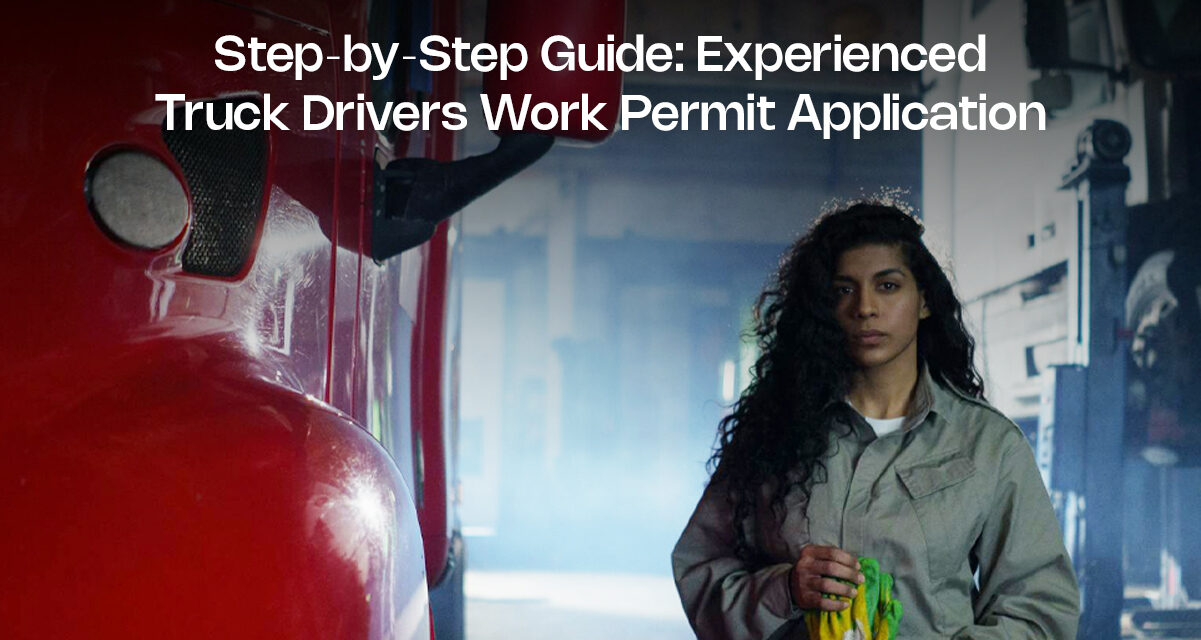What Employers in Canada Need to Do to Hire Foreign Truck Drivers under LMIA The demand for truck drivers in Canada is growing every day. The country faces a big shortage. Many employers now look to other countries to find good drivers. This is not new, to be honest. If you want to hire foreign...
From India to Canada: A Comprehensive Guide for Aspiring Truck Drivers
September 11, 2025
From India to Canada: A Comprehensive Guide for Aspiring Truck Drivers Truck driving jobs in Canada pay well. The average salary is $55,000 per year. This beats many office jobs back home. Plus, you get health benefits and vacation time. Canada needs 55,000 new truck drivers by 2028. The country has an aging workforce. Many...
How a Licensed Consultant Makes Truck Driver Canada Immigration Easy Canada needs truck drivers right now. The country requires over 17,000 new truck drivers yearly through 2025. This creates great opportunities for skilled drivers worldwide. However, truck driver Canada immigration can feel overwhelming without proper help. A licensed immigration consultant makes this complex process simple....
PR for Truck Drivers in Canada: Provinces Offering the Best Opportunities Canada needs truck drivers. The country has over 55,000 empty driver jobs right now. This creates great chances for skilled drivers worldwide. Truck drivers keep Canada moving. They carry food, goods, and products across the country. Without drivers, stores would be empty and businesses...
Step‑by‑Step Guide: Experienced Truck Drivers Work Permit Application Canada needs truck drivers. Badly. The country has thousands of open positions that experienced drivers can fill right now. This shortage creates a golden opportunity for skilled drivers from other countries. An experienced truck drivers work permit gives you access to stable jobs and good pay. You...
Truck Driver LMIA Based Work Permit Canada: Complete 2025 Guide Canada needs more truck drivers. The country has thousands of empty trucking jobs right now. This creates great chances for drivers from other countries to work here. Getting a truck driver LMIA based work permit Canada gives you a real path to work legally. Many...
2025 Trends: Canadian Immigration Opportunities for Truck Drivers Canada needs truck drivers now more than ever in 2025. The roads are busy, goods need moving, and there aren’t enough drivers. This creates a golden chance for foreign truck drivers looking for a new home. The new rules under Prime Minister Mark Carney are expected to...
Exploring Canada’s High Demand for Truck Drivers: Immigration Opportunities Canada’s transportation industry needs more truck drivers as online shopping and trade keep growing. This has opened many jobs across the country, making truck driver Canada immigration a great choice for foreign workers who want to build a new life here. The shortage of drivers has...
Top Tips for Truck Drivers Seeking Immigration to Canada
November 15, 2024
Top Tips for Truck Drivers Seeking Immigration to Canada Want to drive trucks in Canada? Many drivers like you are making this move! Canada needs lots of truck drivers right now. The roads are calling, and the jobs are waiting. We’ll show you how to move to Canada as a truck driver. You can build...
Are you a truck driver dreaming of a new life in Canada? Canada needs truck drivers. They’re making truck driver Canada immigration easier. Let’s talk about how you can apply for permanent residency (PR) in Canada as a truck driver. Canada is facing a big problem. They don’t have enough workers in many jobs. Truck...











